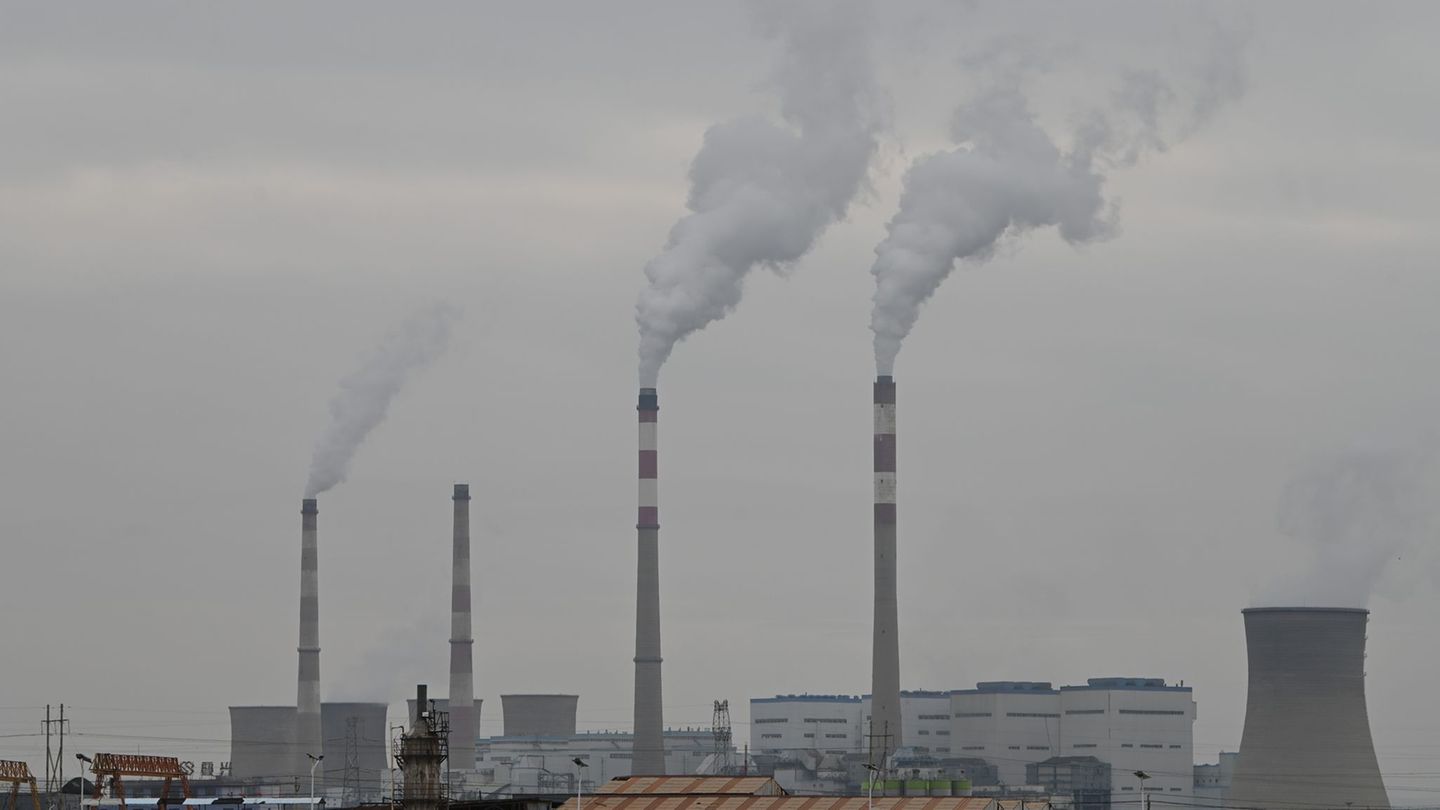Inflation in the USA is proving stubborn. That is why the Fed is keeping the key interest rate stable at a high level. Anyone hoping for quick interest rate cuts needs to be patient.
The US Federal Reserve continues to promise interest rate cuts this year – but is keeping all options open when it comes to the timing. The central bank left its key interest rate at a high level in the range of 5.25 to 5.5 percent on Wednesday. Commercial banks can borrow central bank money at this rate.
The key interest rate remains higher than it has been in more than two decades. In view of stubborn inflation, Fed Chairman Jerome Powell did not specify in his press conference when the right time would be to turn interest rates.
“Inflation has fallen significantly while the job market has remained strong, and that is very good news,” Powell said. However, the economic prospects are uncertain. At the same time, he made it clear that the key interest rate has currently reached its peak. The Fed’s decision-makers expect an average key interest rate of 4.6 percent for this year, as in their last estimate in December. That suggests three interest rate cuts of 0.25 percentage points each this year.
A balancing act
Powell left it unclear when the Fed will begin cutting interest rates. “We make our decisions on a session-by-session basis,” he said. The new economic data from the central bank of the world’s largest economy should reduce the pressure on the Fed to quickly and significantly reduce interest rates. The Fed is now predicting significantly stronger economic growth for the USA this year than expected three months ago. The gross domestic product (GDP) will therefore grow by 2.1 percent in 2024 (December: 1.4).
For the Fed, the fight against high consumer prices is a balancing act. It is turning the interest rate screw to slow down demand. If interest rates rise, private individuals and businesses have to spend more on loans – or they borrow less money. Growth is slowing, companies cannot pass on higher prices indefinitely – and ideally the inflation rate is falling. If interest rates are too high, there is a risk of a recession.
Since March 2022, the Fed has raised its key interest rate by more than five percentage points at a record-breaking pace in efforts to combat inflation – but has left interest rates at a high level in recent months. The inflation rate has fallen significantly and prices are now rising much more slowly. In the summer of 2022, the rate was more than 9 percent, the highest it has been in around four decades. Inflation in prices in the USA had unexpectedly accelerated somewhat recently; the inflation rate was 3.2 percent in February – inflation is proving to be stubborn. The Fed is aiming for 2 percent.
Target not reached very soon
The Fed’s new inflation estimates show that this target is unlikely to be reached any time soon. As in December, the US Federal Reserve expects an average inflation rate of 2.4 percent this year. The Fed is assuming an inflation rate of 2.2 percent for 2025; the Fed is only forecasting 2 percent for 2026.
Core inflation, i.e. without taking food and energy prices into account, is expected to be 2.6 percent this year (December: 2.4). The central bankers pay particular attention to this value in their analysis. According to experts, it reflects the general price trend better than the overall rate because components that are susceptible to fluctuation are excluded.
The Fed’s next meeting is in six weeks. Analysts do not assume that there will be an interest rate cut by then. June now seems realistic as the earliest possible date for a turnaround in interest rates, wrote analyst Elmar Völker from the Landesbank Baden-Württemberg. “If inflation proves to be more persistent than hoped, the turnaround could be postponed further into the summer.” It is a “mixed message from Washington”. In response to the Fed’s decisions, the Dow Jones Industrial and the S&P 500 reached further records and the price of the euro rose noticeably.
Source: Stern




